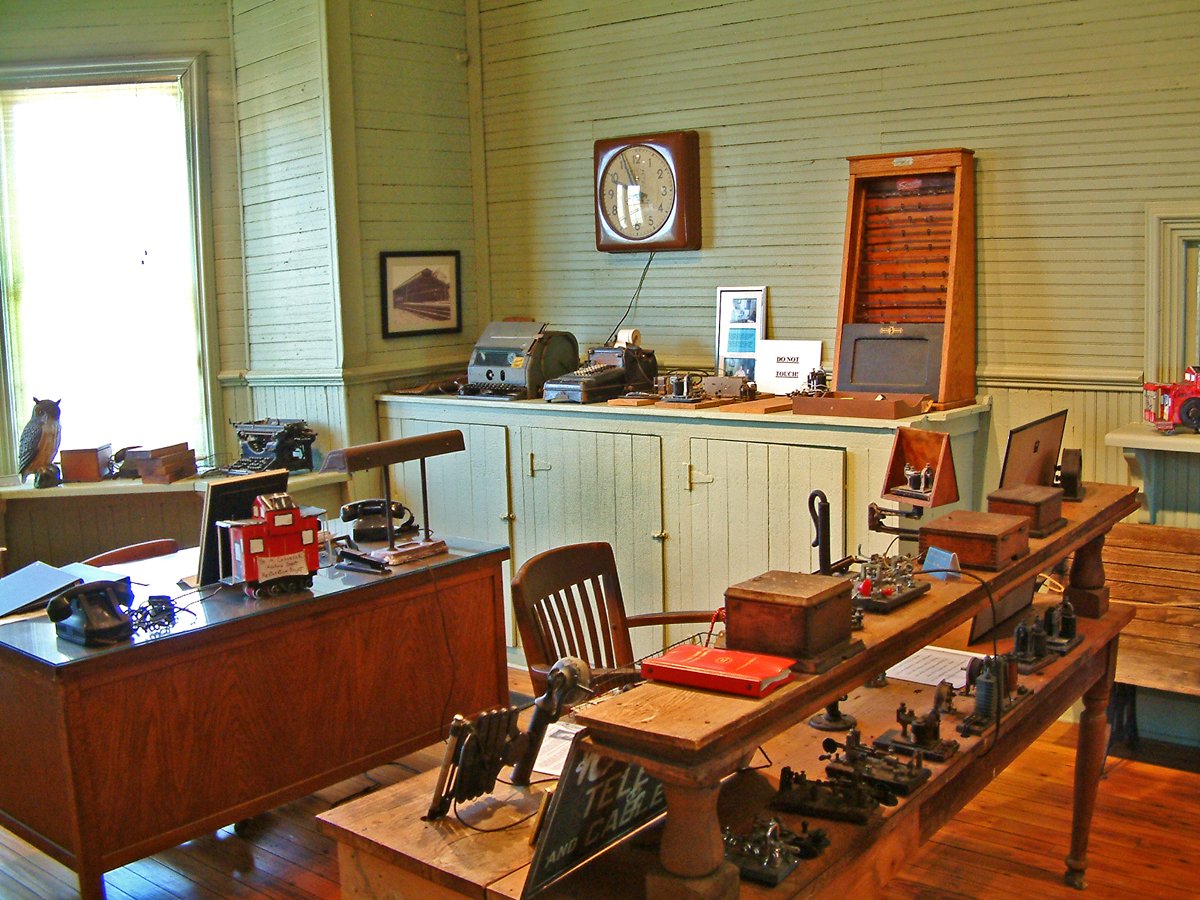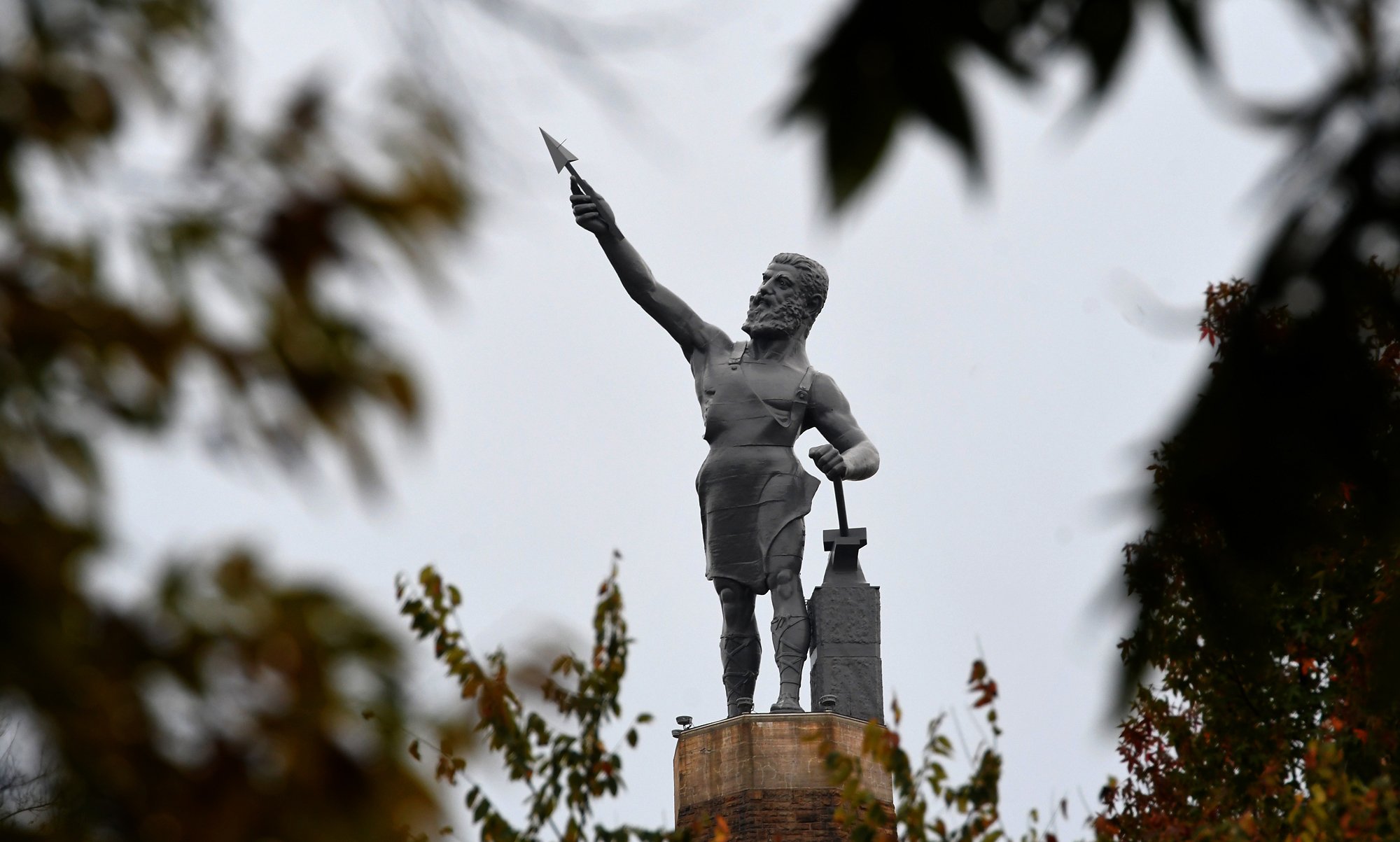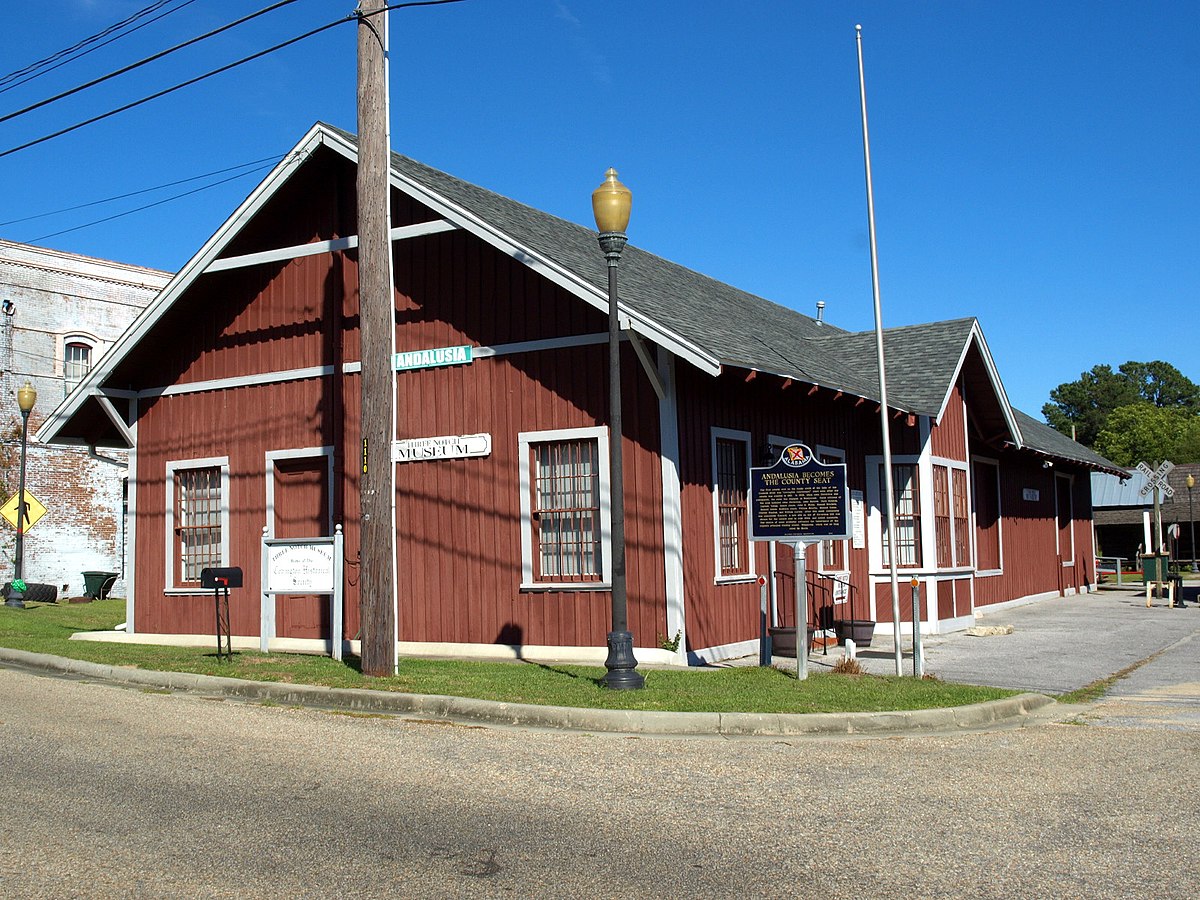The Arab Historic Village Is One Of The Alabama Smaller Museums
The Arab Historic Village is located in Arab, Alabama and this small re-created village is one the best of the Alabama small museums.
The City of Arab is located in Cullman County, and is in the northern part of the state.
It is a small town that is situated only 10 short miles from the historic Guntersville Lake and Dam recreational areas.
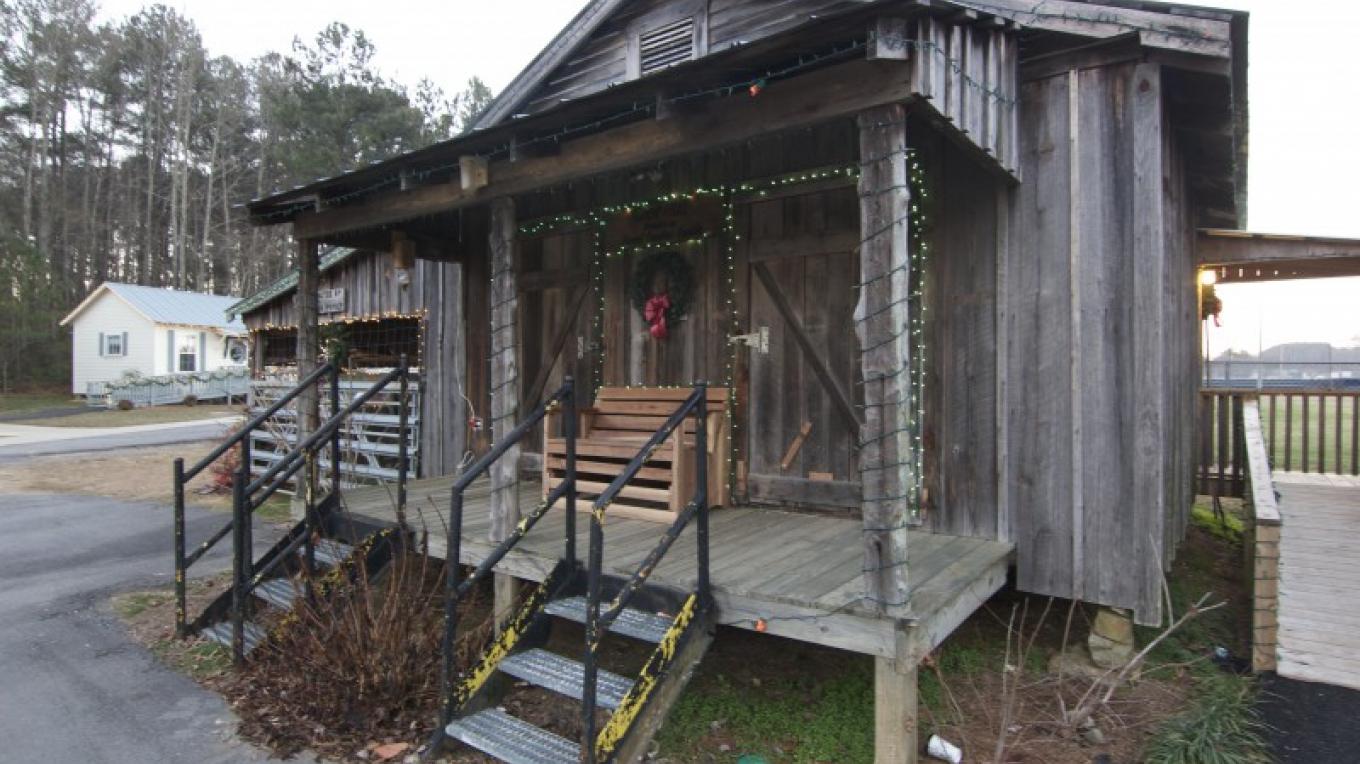 Old House in Historic Arab Village
Old House in Historic Arab VillageThis re-created village is open to the public from March through October on Tuesday’s and Friday’s, from 1:00 to 4:00 PM.
It was built with its visitors in mind to educate them and show them firsthand what life looked like in the area from the late 1800’s to about 1940.
The History of the Arab Historic Village
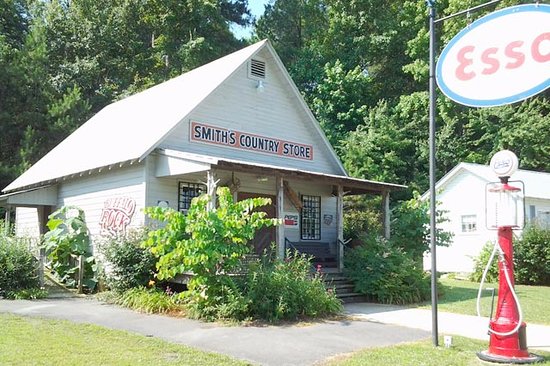 Smiths Country Store At The Arab Historic Village
Smiths Country Store At The Arab Historic VillageThe Arab Historic Village is made up of 10 small reconstructed sites, which have two major goals.
The first is to promote the early pioneers history in the area, and the second is to help preserve it.
The City and the Historical Society continues to develop this small museum, which is officially located in the Arab City Park.
It was started in the year 1991, to help pay tribute to the numerous pioneers that helped to settle the north central part of the state.
Each of the buildings are furnished with either original items from the late 1800’s to the 1940’s, or replicas.
It is a “work in progress” with more buildings planned.
The Arab Historical Society was originally founded in the year 1987, with the goal of helping to preserve the area’s rich history.
The Arab Historic Village all started when the Society donated the Hunt School to the city, but the further development was the result of help from one man.
This man was a retired local carpenter named Elvin Light, who helped to tear down older buildings in the area, and then use those materials to build the village.
The Buildings at the Arab Historic Village
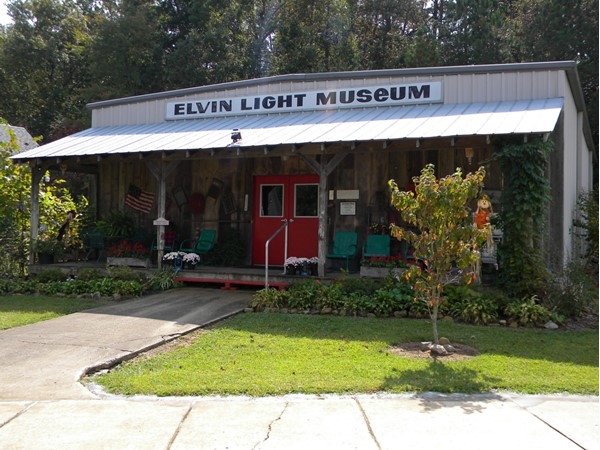 The Elvin Light Museum At the Arab Historic Village
The Elvin Light Museum At the Arab Historic VillageThere are 10 structures at the Arab Historic Village, but there are some that stand out more than the others.
Here are the Main Buildings
- The Hunt School Building
- The Rice Church Building
- The Elvin Light Museum
- Smith’s Country Store
- The Ruth Homemakers Clubhouse
- The Boyd Homestead House
The Hunt School Building
The first building at the Arab Historic Village is the Hunt School Building, again donated to the city by the Historical Society.
Originally built in the year 1935, the Hunt School is a very small two-room school that was typical for small towns during this time frame.
It was built to be used by children in the 1st grade, all the way up to the 6th grade.
When it was first built it was located in the community of Strawberry, which is just south of the town of Arab.
Once it was donated, it was moved to the Arab City Park, where it would become both the catalyst as well as the center piece for the village.
It helped to sow the seed for the city, the community, and the Historical Society, and led to the next building.
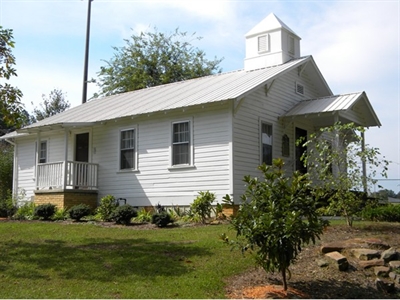 The 1912 Rice Church in Historic Arab Village
The 1912 Rice Church in Historic Arab VillageThe Rice Church Building
The next building is the Rice Church Building, which was donated to the city by the Pleasant Ridge Baptist Church
It was donated shortly after the Hunt School, in the year 1993.
It was fondly known as the “1911 Rice Church Building” but was originally known to the locals as Liberty Church.
It was originally built in the small community of Rice, which is located just west of the City of Arab.
The Historical Society along with several volunteers help to move and restore this beautiful church, and it opened to the public in the fall of 1995.
To honor the retired carpenter that was so instrumental in getting this village created, Elvin Light, the city built the next building and named it after him.
The Elvin Light Museum
The Elvin Light Museum is the next building, and it was not only built to honor Elvin Light, but it was also built to house his collection.
Mr. Light had a very large collection of not only local artifacts, but numerous tools that he used in his trade to help build the village.
However, there is a lot more, as the museum also has several displays from the local area.
These displays include artifacts of the various occupations of the early settlers, as well as numerous household items, furnishings, and tools that they used.
Smith’s Country Store
The next building at the Arab Historic Village is Smith’s Country Store, which was built by Mr. Light in 1997.
It is an outstanding replica of what a country store would have looked like in the early 1900’s, before major supermarkets arrived on the scene.
It is named after Guy and Mary Smith, who also played a major role in the development of this small, replicated village.
It showcases items that people bought in the 1930’s and 1940’s and includes penny candy.
However, it also includes patent medicines from this era, small hand tools, as well as sewing related items including old fabrics.
It also has some of the most popular items of the times, including moon pies and RC Cola.
It also contains the original mail bins that were part of the first Post Office that serviced Arab.
The Ruth Homemakers Clubhouse
The Ruth Homemakers Clubhouse was added to the Arab Historic Village in the year 2001.
The original structure was built in the early 1930’s and was used by the women’s Home Deconstructions Club for meetings.
These meetings were held by the local women in the community to learn about the latest homemaker’s best ideas, as well as something else quite unique.
They also shared ideas on agricultural practices, especially about the best items to place in home gardens to help feed their families.
This reconstructed building also features the items and methods these women used for canning their local grown products.
It also highlights items that were used in quilt making as well as in knitting.
The Boyd Homestead House
The final of the man buildings is the Boyd Homestead House, which was a gift to the city by a local schoolteacher, Ms. Lola Boyd.
This homestead was originally built by her parents in the late 1890’s, on over 160 acres of land.
Most of this land would later become part of the city.
Once it was donated, the Historical Society restored it completely to a more modern 1940’s style of home.
This restoration includes a smoke house very common to the original homesteads, and also included a well.
Wells were also very common in these early homesteads.
Other buildings include a blacksmith shop and a grist mill.
Both of these were also built by Mr. Light, using lumber from older buildings he torn down.
The Grist mill includes a side shed, which is the home of an old family wagon.
This wagon is a very early John Deere model, which was very common in the area during the early 1900’s.
Phillips Blacksmith Shop holds demonstrations on how these early craftsmen provided their services.
The Village also has three major events open to the public during the year.
They include the “Back When Day” event held the last Saturday in May, and the crafts demonstration as part of the Arab Community Fair.
The third event is the “Santa in The Park” event, which starts on the fourth Friday in November.
All of these buildings and events make the Arab Historic Village one of the best of the Alabama smaller museums.
References
The Arab Historic Village in Arab, Marshall County, is a reconstructed historic site

Alabama Gift Store
Numerous Items for You and Your Family to Enjoy
See it here at the Gift Store
Copyright 2019-2023 Alabamabackroads.com
All Rights Reserved
